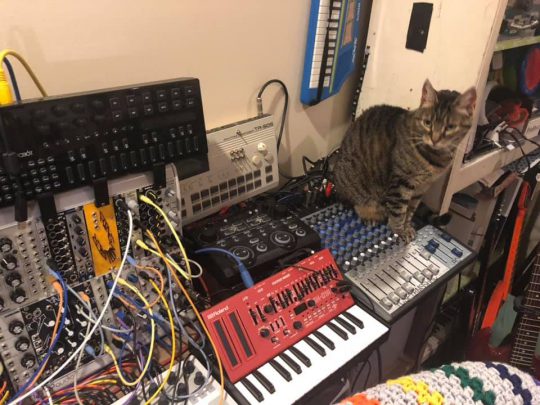
Zoe sits atop a mixer next to a red Roland SH-01 and a large modular synthesizer. The mixer seems to be her preferred spot.
From Mike Weakley via that same thread on Synthesizer Freaks from yesterday’s post.


Zoe sits atop a mixer next to a red Roland SH-01 and a large modular synthesizer. The mixer seems to be her preferred spot.
From Mike Weakley via that same thread on Synthesizer Freaks from yesterday’s post.
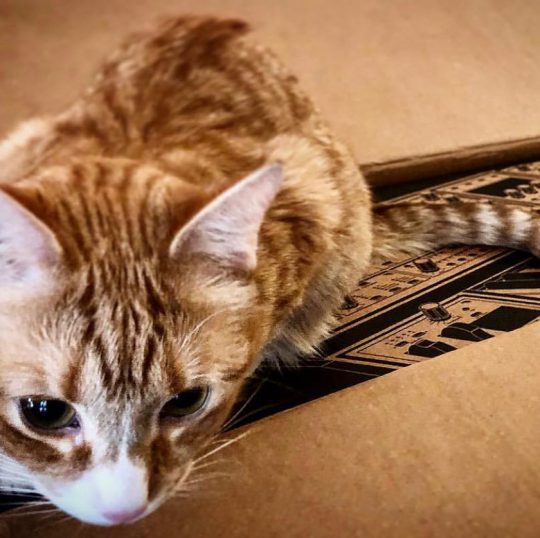
Cute cat-and-Moog pic from Moog Music, Inc via Instagram 😻
Regram: @archieandfox
Caption: @nan0particle
Micha quietly enjoys a private performance on the Elektron Analog Keys synthesizer. By Moustafa Ismail via our Facebook page.
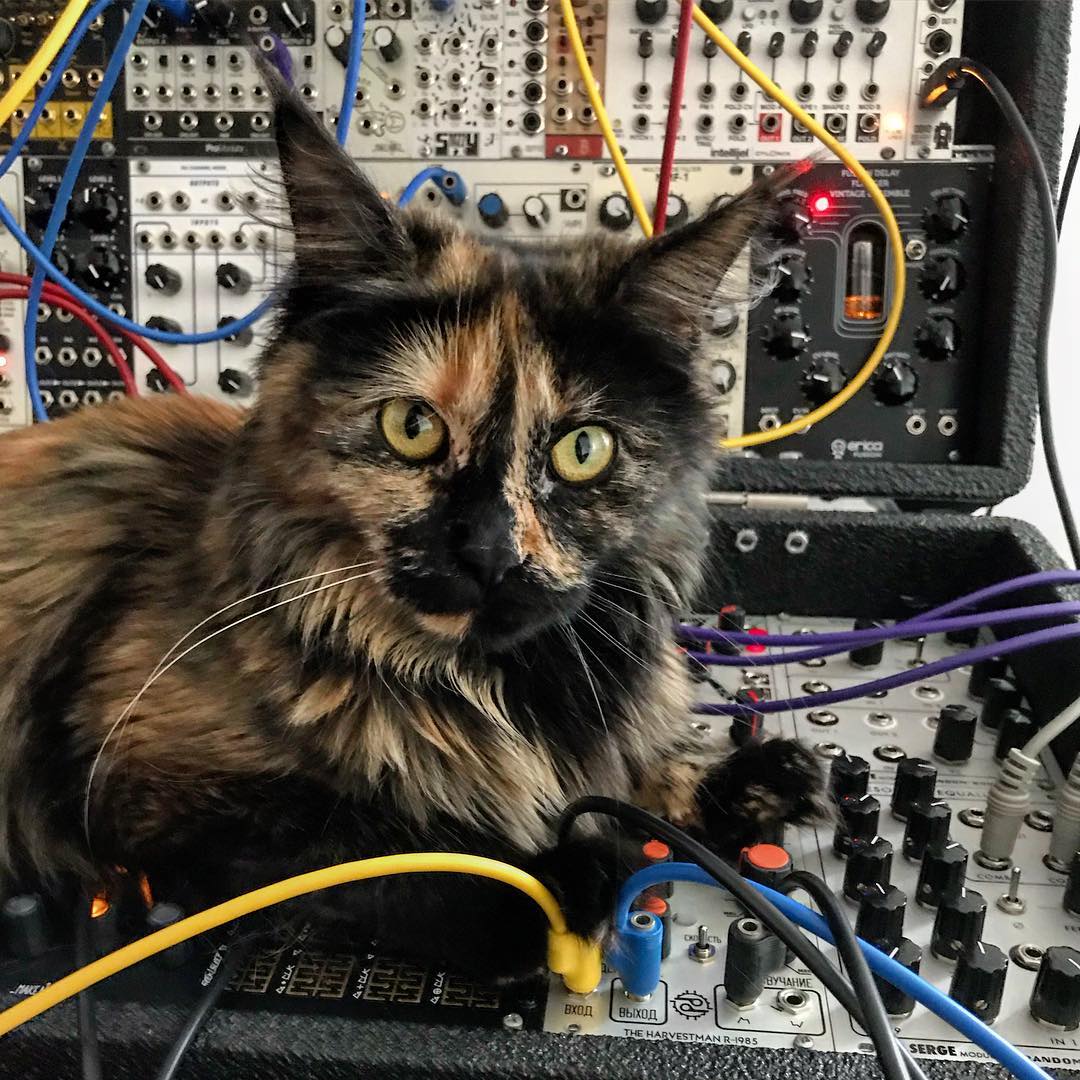
Cute maine coon kitten with modular synthesizer. I see a Make Noise Rene peeking out from under her, next to Harvestman and Serge modules.
From chichi_response on Instagram.
chichi_response
I will make the sounds for you
You can see a previous post from chichi_response here.
Handsome Marcel returns, and enjoys participating in a modular-synth session with his human polynominal. Both are longtime friends of CatSynth and you can see their previous posts here.
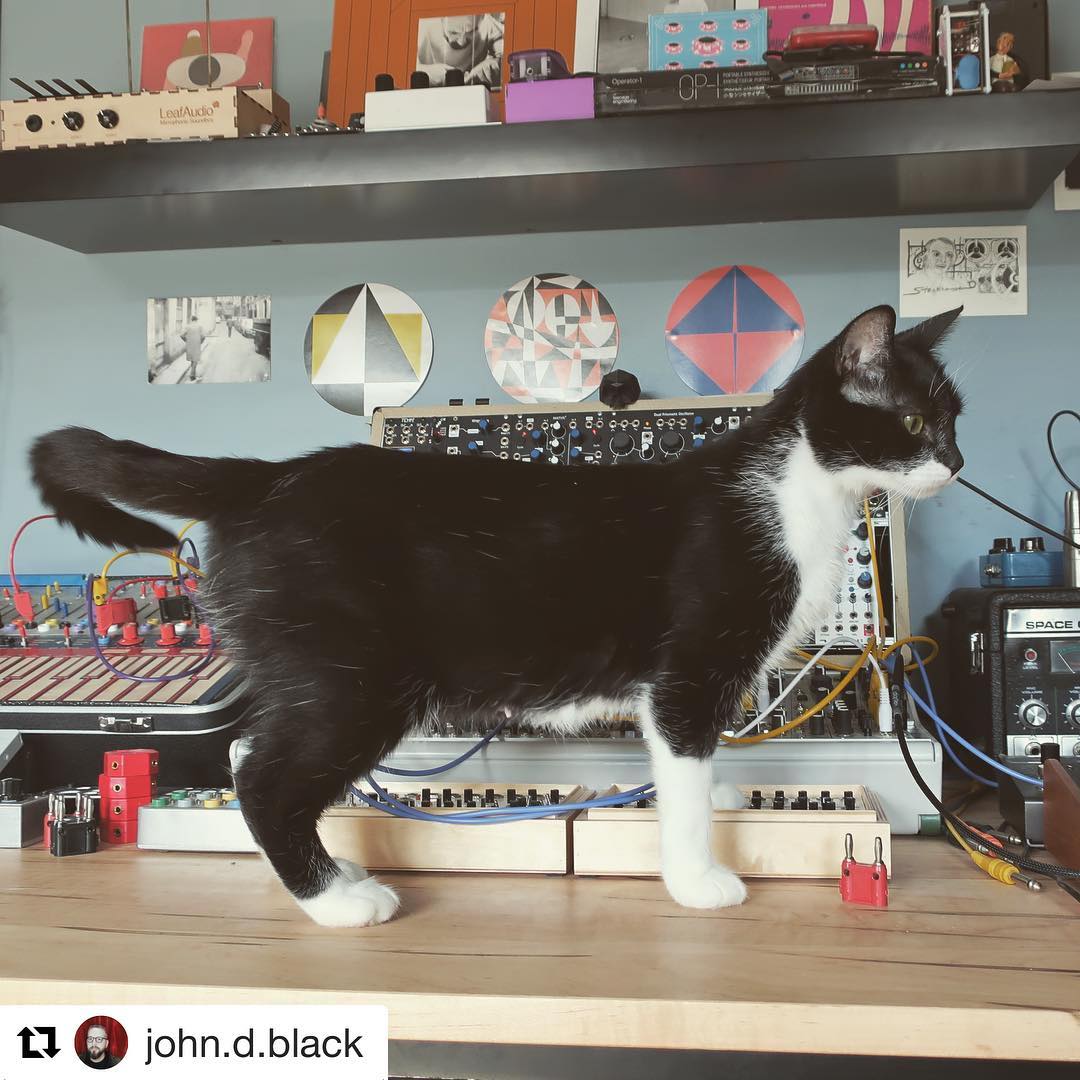
This cat knows how to frame his poses purrfectly 😸
Most of the modular is obscured by this cutie, but we do espy a pair of KOMA Field Kits, as well as a Buchla Music Easel.
From catsofmodular on Instagram.
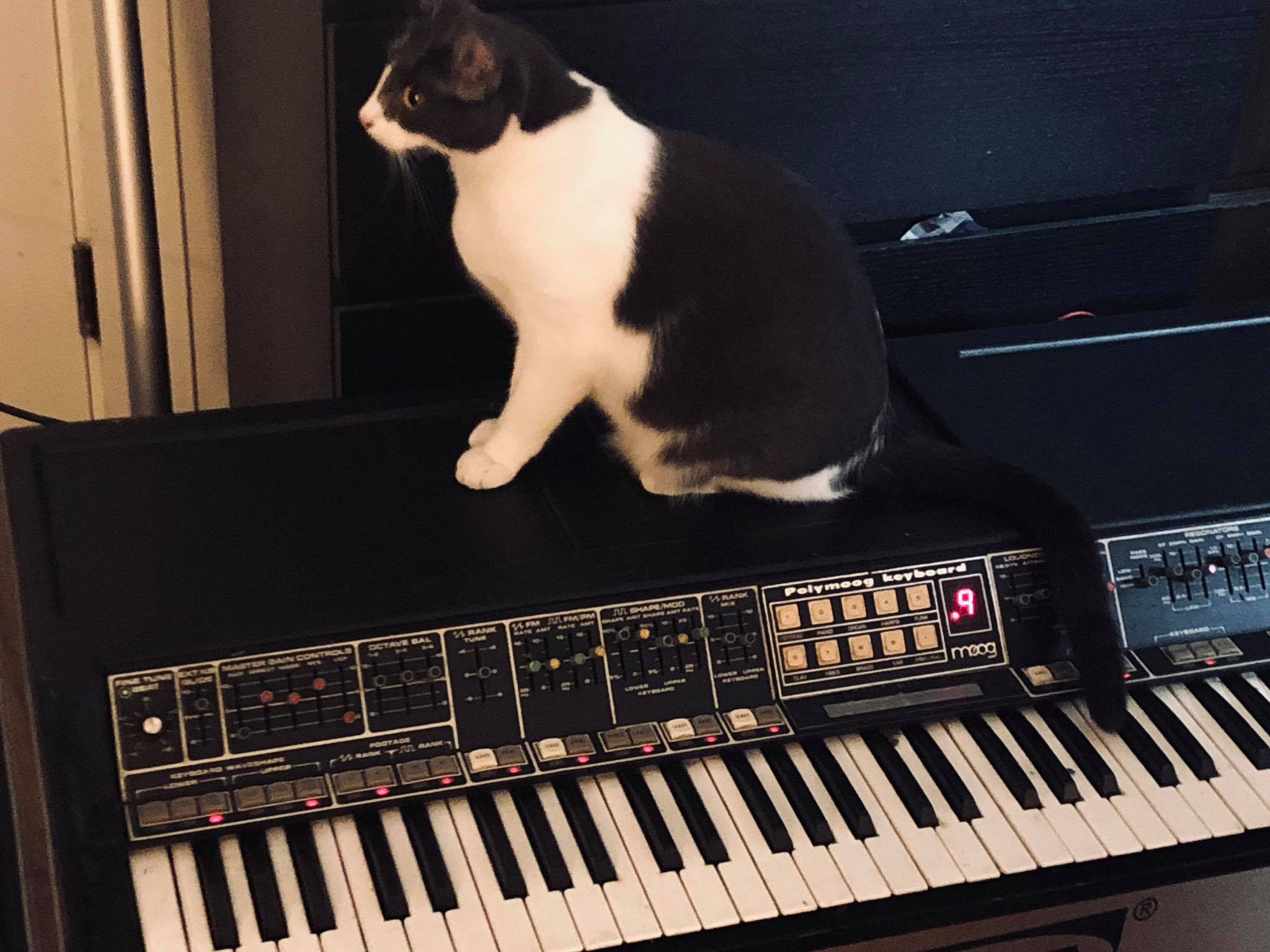
Our feline pal Gracie certainly knows how to strike a pose. Here we see her laying claim to a Polymoog that is in for repairs. From Alsún Ní Chasaide (Alison Cassidy) via Facebook.
It’s only been here a few hours, and she’s claimed it as her own! #PolyMoog #PolyMew
The Polymoog is a rare and somewhat anomalous instrument from Moog Music’s lineup. In addition to being polyphonic, it’s focused on a series of presets. It was intended in many ways to complement for the classic Moog mono synths – the nice wide flat (and presumably warm) surface where Gracie is sitting was designed to accommodate a Model D or similar instrument. They are also known to be rather temperamental and high-maintenance beasts. From Vintage Synth Explorer:
Unique among Moog’s lineup, the Polymoog is not at all like the Minimoog or any of the other mono-synths Moog has become famous for. Instead, it was designed to complement Moog’s monophonic synthesizers. It’s a unique and finicky product, the brain child of David Luce instead of Dr. Bob Moog himself. But like all Moog products, this isn’t an ordinary instrument — it’s the Polymoog and it sounds fantastic for what it is.